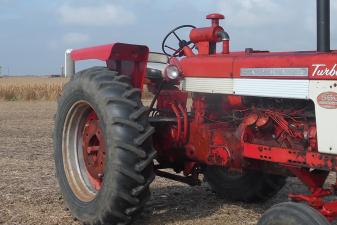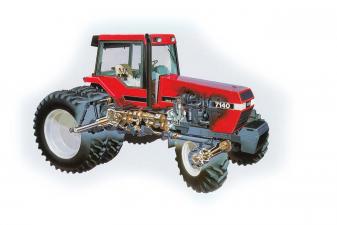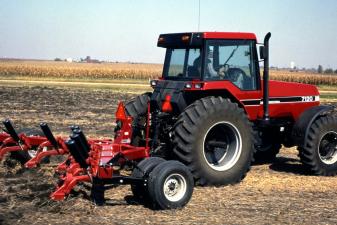The "Efficient as Heck" Magnum Series

Kenneth Updike dives into the third-generation Magnum MX tractors in this excerpt from Red Tractors 1958–2018:
Case IH introduced the third-generation Magnum tractor in 2006: the MX215, MX245, MX275, and MX305. All engines were rated at 2,000 rpm and fully electronic-governing with 24 valves (two intake, two exhaust per cylinder) on all models. A common-rail fuel-injection system provided higher operating pressures than previous systems to allow better atomization of fuel for more power and less soot. These engines also met the Tier 3 emissions standards.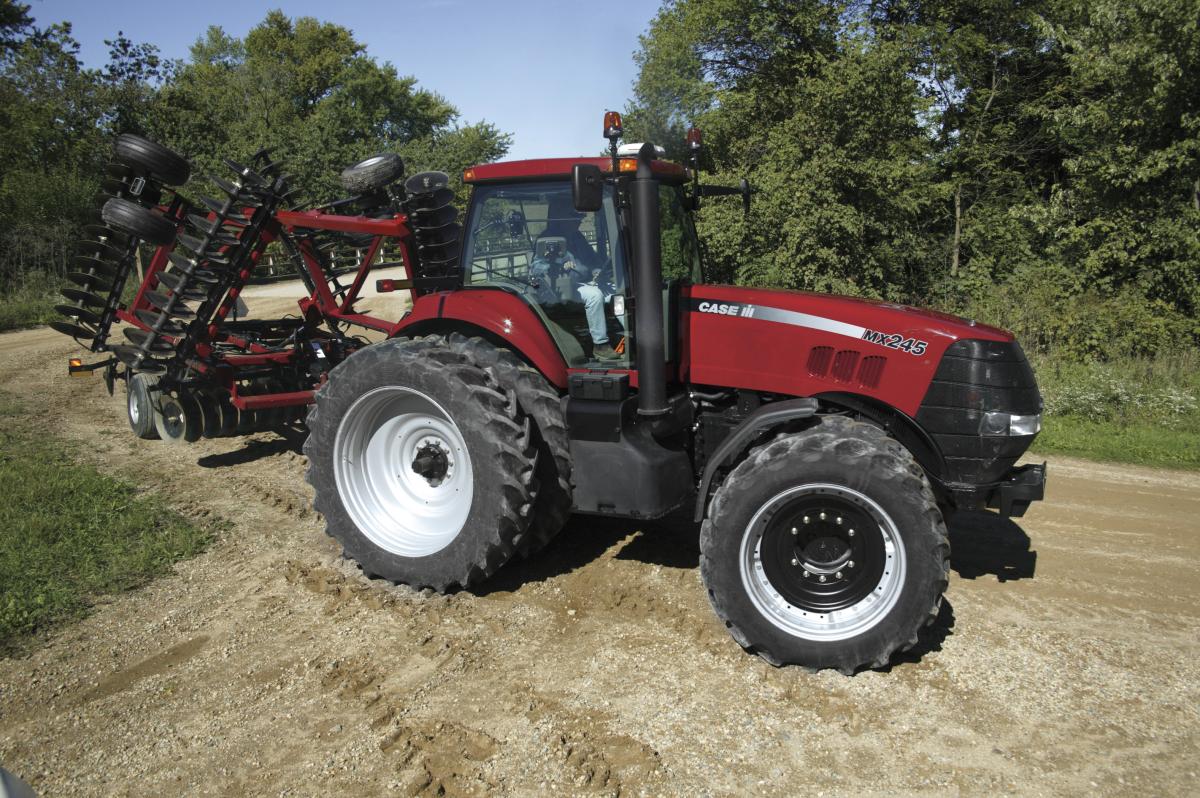
An MX245 Magnum tractor with front and rear duals tows a folding tandem disc harrow. Directly under the plastic toolbox is the battery access panel. Case IH
The transmission included 19 forward and 4 reverse speeds and was capable of 25 miles per hour in the 19th “roadonly” gear. Maximum engine speed was electronically reduced for improved fuel economy during transport. A 23-forward/6- reverse transmission with shift-through creeper gears was available as an option.
The third-generation Magnum had its hood revised to a one-piece opening unit with gas-charged lift-assist shocks. The midship service door that had been used to gain access to the air cleaner was eliminated and incorporated into the hood assembly. The hood also had three D-shaped air intakes per side located nearly above the front wheels. The top of the hood was solid with no venting slots.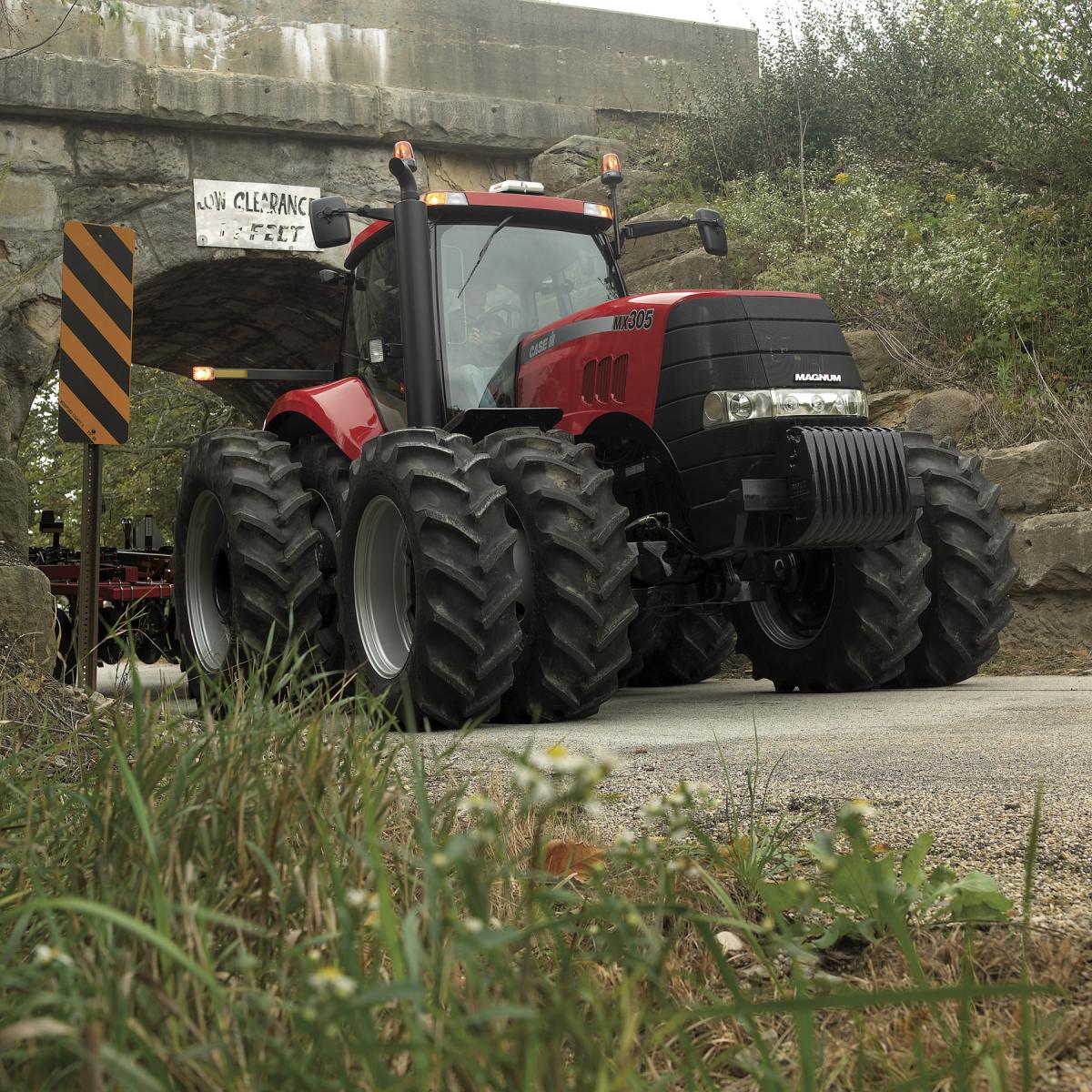
The MX305 introduced in 2006 is powered by an 8.9-liter six-cylinder engine. Case IH
The third-generation’s engine air intake was moved to the top front of the grille screen in the form of a new airintake tube that passed over the top of the engine on its way to the air cleaner elements, where it was rerouted back to the turbocharger.
Commercial manure applicator Don Eisentraut of Wisconsin commented that, with his Magnum 305 tractors, “We do everything two or three gears faster, in the field and on the road. In a 12- to 14-hour day we’re moving 10 percent more material. Plus, our fuel usage is similar. We’re seeing that these new engines with the electronic common-rail fuel-injection are efficient as heck.”
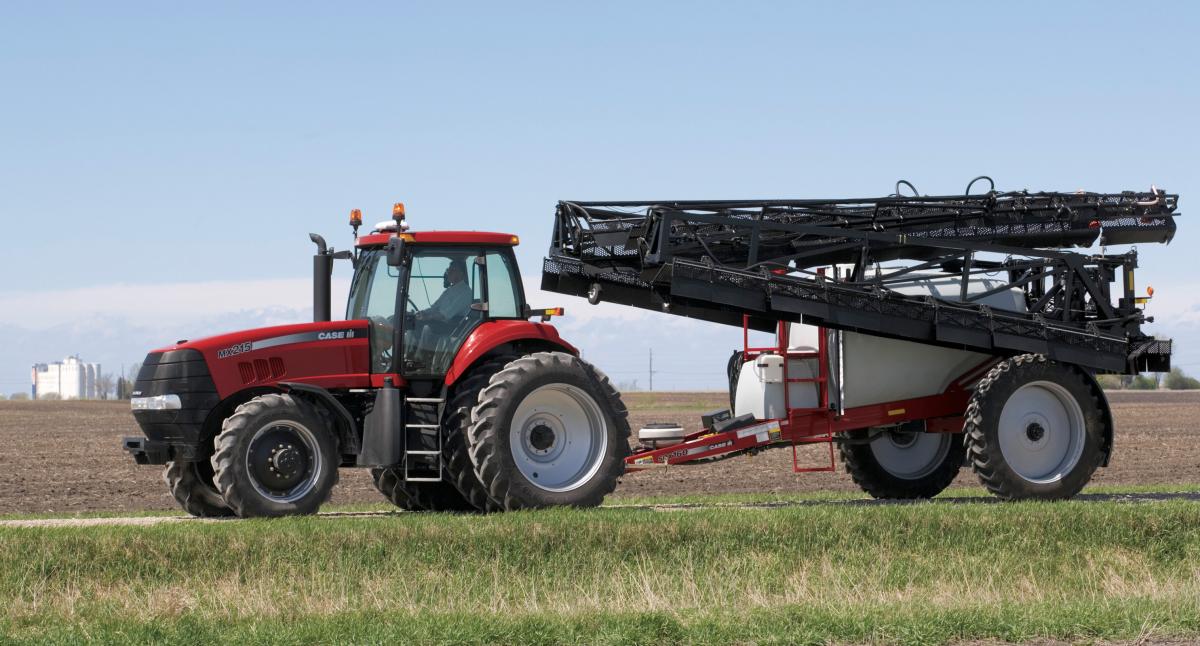
The Magnum MX245 was powered by a turbocharged, intercooled diesel 8.3-liter engine with 248 horsepower. Case IH
In 2007 Case IH dropped the MX prefix and began calling the tractors simply “Magnums” (i.e., the MX215 became the Magnum 215 tractor and so on). The Magnum line retains this labeling system today.
Also in 2007, Case IH added a more powerful model to the Magnum line: the Magnum 335. This was the highest-horsepower Magnum series tractor made to date, with more horsepower than the smallest Steiger four-wheel-drive at the time.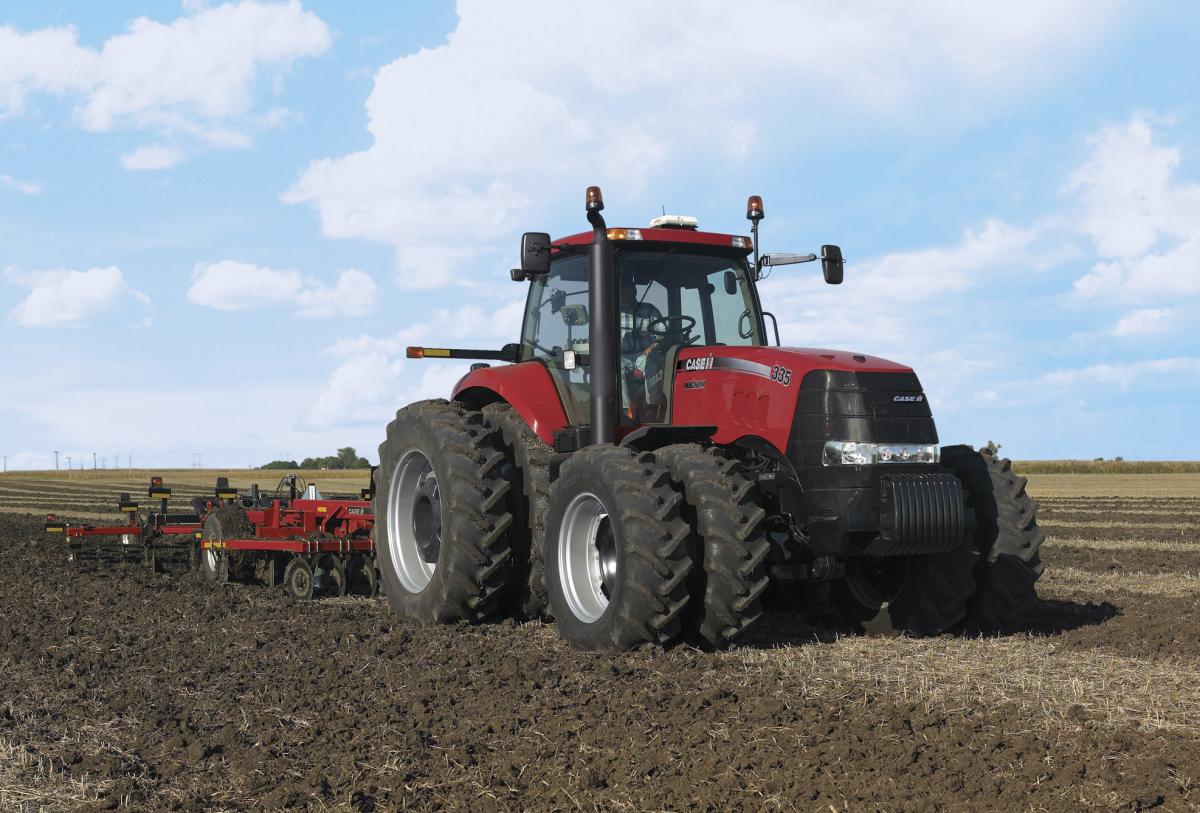
The Magnum 335 was introduced in 2008. The 9-liter engine was rated for 275 PTO horsepower, making the tractor the most powerful Magnum in the line. The MFD axle was beefed up, and the 335 featured a new Cat IVN/III and Cat IV hitch. Gregg Montgomery collection
The Magnum 335 used a new 9.0-liter engine with a new piston design to help increase fuel economy by up to 3 percent over the previous 9.0-liters. To further maximize the Magnum 335’s economy and productivity, several other key components were upgraded. The front axle was rated at 14,850 pounds static capacity to handle more ballast, and the standard Category IV-N/II hitch had a lift capacity of 18,900 pounds. A new Category IV drawbar with a 2-inch-diameter pin to match Category IV towed implements could handle 11,000 pounds of vertical loading.
Once again, ever-increasing electrical loads demanded a new alternator, this rated at 150 amps (a 175-amp unit was optional). Also in the electrical system, the new three-front/ two-rear HID lighting package provided 360-degree lighting to turn any dark field into daylight. (The larger 175-amp alternator was needed to run this lighting package.)
In 2008 the Magnum tractor line was bestowed a Good Design Award from the Chicago Athenaeum Museum of Architecture and Design, based on its style and extreme functionality—the first time ever this award was received by Case IH.


